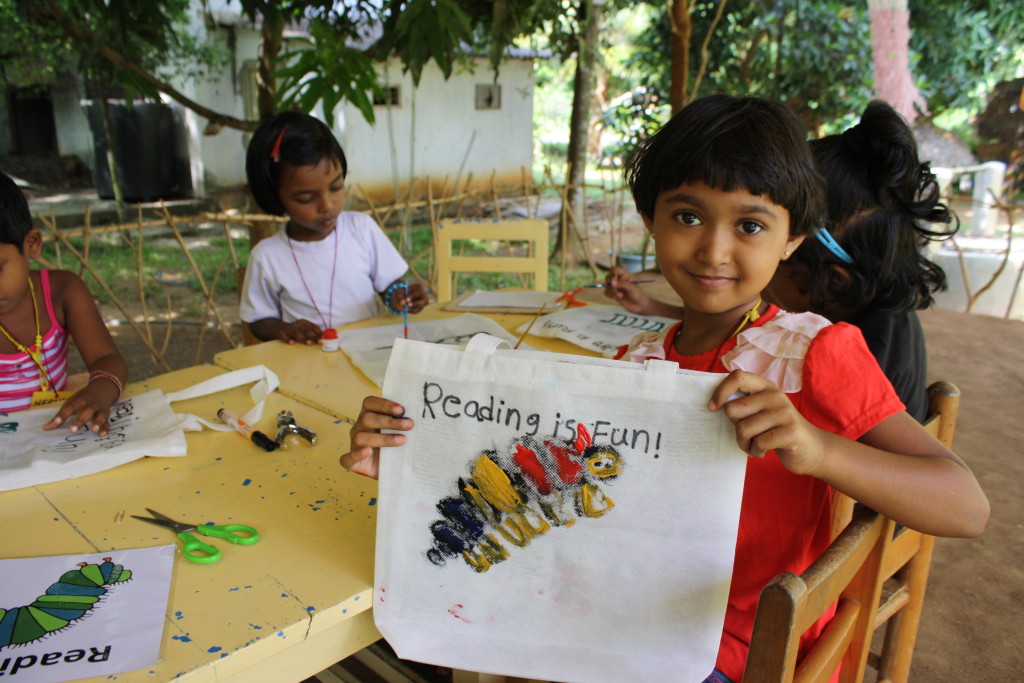- About
- Topics
- Picks
- Audio
- Story
- In-Depth
- Opinion
- News
- Donate
-
Signup for our newsletterOur Editors' Best Picks.Send
Read, Debate: Engage.
| February 10, 2020 | |
|---|---|
| topic: | Women's rights |
| tags: | #South Africa, #women's rights |
| located: | South Africa |
| by: | Cyril Zenda |
They have every reason to worry because this is South Africa, a with a very high crime rate, and also rated as highly unsafe for women.
Nonzukiso is one of the thousands of people on the country’s ever-growing list of people – most of them women and children – that have gone missing over the years, a worrying trend that has left authorities and members of the public alike baffled.
In spite of concerted effort to reverse the worrisome trend, South Africa’s Police Minister, Bheki Cele, revealed depressing statistics in January: the number of women who have gone missing in the country had sharply increased.
The figures, made available after being requested by female parliamentarians, revealed that 4,512 women were reported to be missing in the three years between April 2016 and March 2019.
The legislators who were worried that 1,206 women were reported missing in the 2016/17 year, only learnt that the situation had in fact worsened as the number shot up to 1,481 in 2017/18, and again in 2018/19 when 1,825 women were reported missing.
The police statistics showed that fewer children were reported missing during the same period, at 2,706 over the three years – with 967 having gone missing in 2018/19, 852 in 2017/18 and 887 in 2016/17.
An analysis of these grim statistics revealed that a majority of about 80 percent of the total number of women who were reported missing were Africans (3,598). White women made up 258 of the cases, mixed race women 595 and Asian women 63. Most of the cases involved women below 30, and there were high incidences of cases involving 18-year-olds.
The statistics also showed that children between the ages of 12 and 17 were more likely to go missing than were babies and toddlers as in the 2018/19 year, only 25 children between the ages of one and five went missing, compared to 342 children within the 12-to-17 age bracket.
Various explanations
Experts give different explanations to the increase numbers of people who disappear without trace in South Africa.
Danie van Heerden, the director of the National Investigations Bureau, a Cape Town-based private investigation firm that receives up to two cases of missing persons a week, says from their experience cases of missing persons could involve drugs, human trafficking, kidnappings for ransom or neglected children running away from home. He added that some people just pack up and vanish.
“Some people run away from their debts. They leave to start a new life somewhere”, van Heerden explained. “Some get away with it, but for some the wheel turns and they get busted. We also deal with cases of people who fake a kidnapping to solicit money from their relatives or parents.”
He said the most common cases were drug-related, with drug users disappearing after running up a huge bill with a drug lord. The drug lord would eventually contact the drug-user’s family to demand payment of the money they owed.
However many of the missing persons turn up dead. Killings for ritual purposes are also very common in South Africa.
Gender-based violence (GBV) is a serious problem in South Africa, according to Safer Spaces, an online portal that promotes community safety and security.
It is estimated that up to 40 percent of women in South Africa have experienced sexual or physical violence. In September last year, Cele, the Police minister, revealed that 2,771 women were killed between 2018 and 2019, while 24,387 sexual offences were reported in the same period.
GBV is always in the national spotlight, brought to the fore by several high-profile cases have shocked the relatively prosperous African nation in recent years — including the sensational murder of Uyinene Mrwetyana in August 2019.
In August 2018, gender activists staged national protests called the #TotalShutDown, which urged women and allies to stay away from work and instead join marches against GBV in various cities across South Africa.
The #TotalShutDown march in the capital Pretoria ended at the president’s office, Union Buildings, where President Cyril Ramaphosa received a memorandum of demands outlining the actions needed to end GBV.
By copying the embed code below, you agree to adhere to our republishing guidelines.
